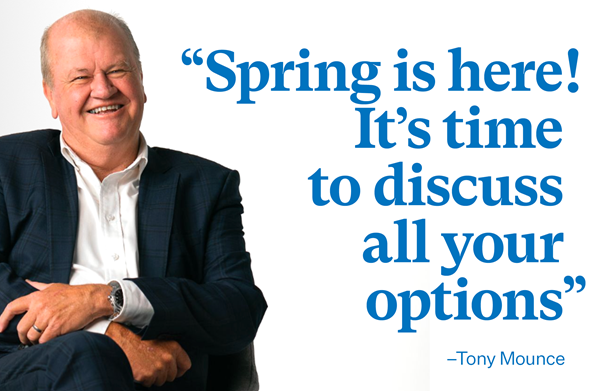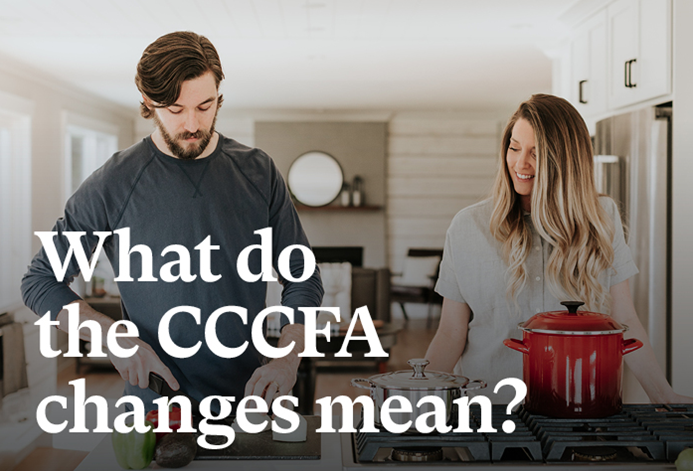Property Investment
Building Your Investment Property Portfolio
More about property investment:
More about buying a home:
With one investment property on your books, your next step may be to grow your portfolio by purchasing additional properties. Your goals here will vary depending on the plan you drew up before you bought your first investment property, and whether that property is residential or commercial.
We can help you consider all your residential property investment options.
Creating a long-term property investment plan
If you didn’t do this before you purchased your first investment property, then now is the time to lay all your options out on the table and decide on an investment strategy to follow.
Your investment plan can be reverse engineered from where you want to be at the time of your retirement, working backwards to where you are now and what steps you will take in the middle.
Your goal might be to own three investment properties by that time, which you can sell up, putting the revenue in the bank to help you in retirement. Or, you may plan to stop tenanting your rental property and move into it yourself at retirement, downsizing from — and selling — your own home, potentially paying off any remaining loan balance on your investment property in the process.
There are loads of approaches to take in property investing, and while we can advise you on the different options that suit your circumstances and goals, ultimately you are the one who will decide which option is the best for your situation and life goals.
Finding your property investment niche
Through creating your plan and gaining property investment experience, you’ll start to find your niche. You’ll figure out what you enjoy and what works for you — be it 100% mortgages on more expensive properties with higher rents, or more modestly priced homes with lower rents and higher yields and equity. Finding out what makes the most sense for your situation and future goals is an important process.
Adding value to your investment properties
If you buy a lower-priced investment property, it may be relatively easy for you to add value to the home through renovations, alterations or landscaping.
You’ll need to weigh up the cost to benefit ratio of this move. Potential costs are financial, your time, and in some cases loss of rental income while the work is being completed (if it’s so disruptive the house needs to be vacated). The potential benefits are a higher value resulting in more equity to leverage when purchasing other properties, better resale value (capital gain), and the ability to charge higher rent (improved return on investment and cash flow).
This a more proactive approach to changing the value of the property, as opposed to waiting for capital gain through the property appreciating in value over time.
How to leverage equity in your investment property
Many property investors avoid having to save a deposit to buy their next property by leveraging equity gained in the homes they already own, so they don’t have to put their own cash in.
If a property you purchased for $400,000 now has a value of $500,000, you can access the resulting $100,000 equity in two ways. One is to sell the property and use the profit (the $100,000, less any expenses) to fund deposits for further investments. The other is to borrow money against the equity.
The power of leverage works brilliantly with new builds as they are exempt under lender LVR restrictions.
Positively geared properties versus negatively geared properties
Part of growing your portfolio will be deciding on whether you want to own all positively geared properties, or to have some negatively geared properties on the go too.
A positively geared property is one that you don’t have to put any of your own money into to cover the mortgage payments and other expenses. This means the rental income you receive from the property is high enough to cover the mortgage, rates and any maintenance or repairs required overtime, and to give you some profit over and above these expenses — the home pays you to own it (sounds great, right?!).
These investment properties are generally lower value at time of purchase and have some equity in them, either through capital gains, mortgage payments, or your hard work on the tools raising the value and chargeable rent.
A negatively geared property is one that you have to put money into to cover the mortgage payments and other expenses such as rates and maintenance. These are usually higher value properties located in neighbourhoods with good amenities. These properties are typically better suited to investors with high incomes who can afford to service the home with their own cash while they wait for the value to rise to a suitable level that they can sell and make a capital gain, or raise the rent to the point that the property becomes positively geared.
Once a property investor owns several homes, they can make their portfolio work as a unit, using the income from their positively geared properties to fund the expenses of their negatively geared properties.
Should you invest for yields or capital gains?
Having positively and negatively geared properties in a portfolio isn’t for everyone, and negatively geared investments aren’t always an option for many of us due to our income.
While there are no guarantees, we are firm believers that creating a good yield and a secure cash flow using positively geared properties is essential to growing a sustainable investment portfolio. Everybody’s situation is different and every suburb will have different growth values, which is why it is important to speak to an adviser about your long-term property goals.
Where do you want to be?
We’re all about empowering our customers with the knowledge and assistance to get them where they want to be in life. Let TMO help pave the way to where you want to be.
Property Investor Success Stories
Claire and Hamish expand their portfolio

Location: Christchurch
Situation: Refinancing to expand investment property portfolio.
Adviser: Tony Mounce
TMO have been a huge part in the foundations of our investment strategy, and still are. As we’ve progressed and grown over the years, we have always valued their opinion and advice.
Without this we wouldn’t be living the life we are today, which is a direct result of the investment decisions we’ve made. We like the no-nonsense ‘just get on with it’ approach and TMO always seem to find a way to make it happen.
Plus, they are extremely responsive and available to help when needed.
Claire and Hamish
Property investors
Content for Property Investors
Read helpful blogs for property investors, like you.

Spring is here!
MORTGAGE UPDATE. NEW SPRING OPPORTUNITIES ARE UPON US! Despite what the markets are doing, there is nothing quite like the feeling of spring in the

2023 Important Update for March
The new year has started and many commentators are trying their best to scare you with their own dire predictions for the rest of 2023.

What do the CCCFA changes mean?
On 7 July 2022 some proposed changes to the Credit Contract and Consumer Finance Act (CCCFA) came into effect around current and future spending. Prior
